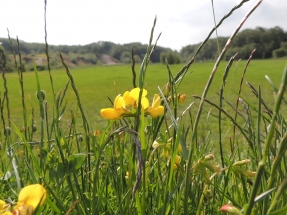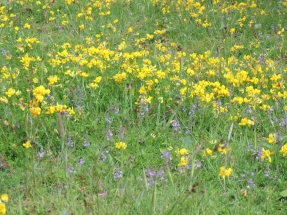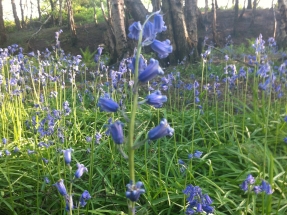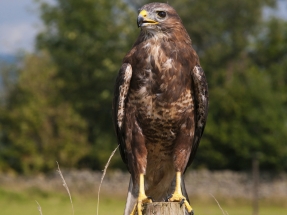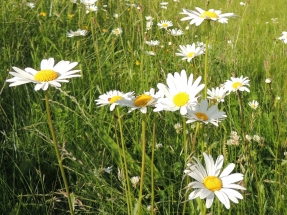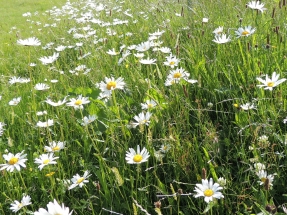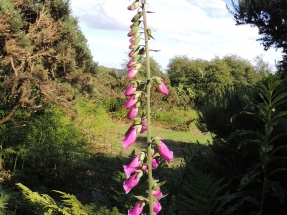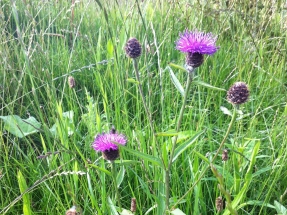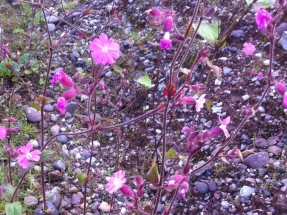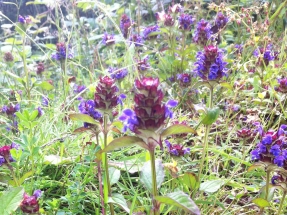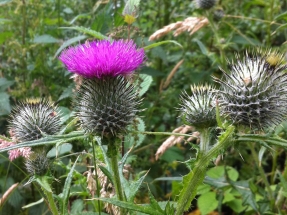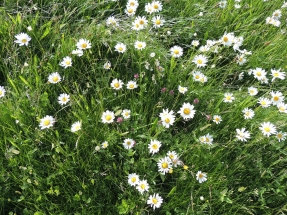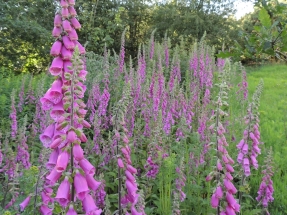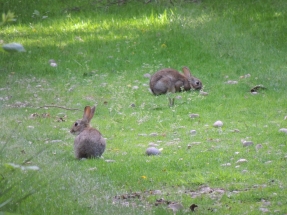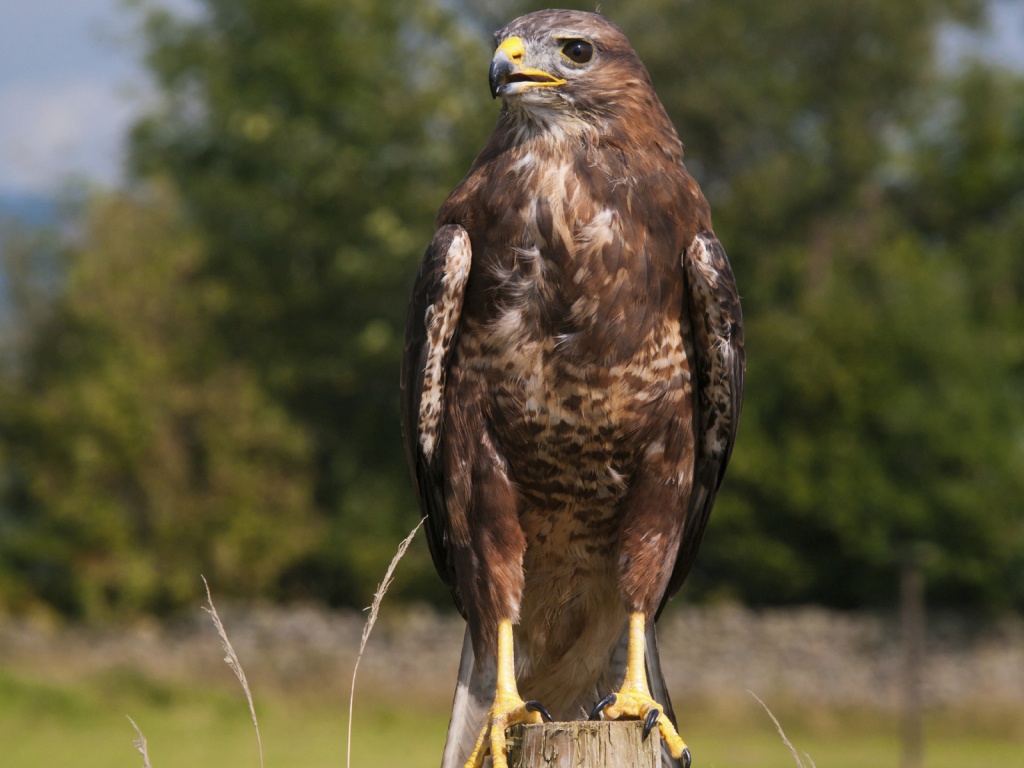
Due to its history as a restored quarry, Huntley Wood is a matrix of different habitats making it a haven for a wide variety of native plants and animals.
This diversity makes Huntley Wood an important ecological site which supports several notable species, including buzzards, badgers, owls, pole cats and green and pied woodpeckers, as well as the more common rabbits, jays, squirrels and foxes, and a wide variety of small birds and bats. Huntley Wood is also home various amphibian species including frogs, toads and newts, and innumerable invertebrates including bees, beetles, butterflys (in particular the notable dingy skipper, Erynnis tages), moths, hoverflys, wasps, damsel- and dragonflys.
As well as interesting wildlife, Huntley Wood also has a wide variety of native plants including large areas of broadleaf woodland and many wildflower species such as: bird’s foot trefoil; foxgloves; clover; knapweed; longstalk starwort; tufted vetch; red, white and bladder campion; common bistort; self heal; a variety of willowherbs; speedwell; dog daisys and others. There are also a wide variety of fungi including: sulphur tuft; wooly milk cap; fly agaric; various types of puffball and birch polypore.
The site is comprised of five broad habitat types: ancient semi-natural woodland; plantation/regenerating woodland; patches of lowland heath; areas of bare ground/sparse vegetation and fresh water ponds, within which there are a number of sub-habitats.
Click on a photo below to see a larger version
